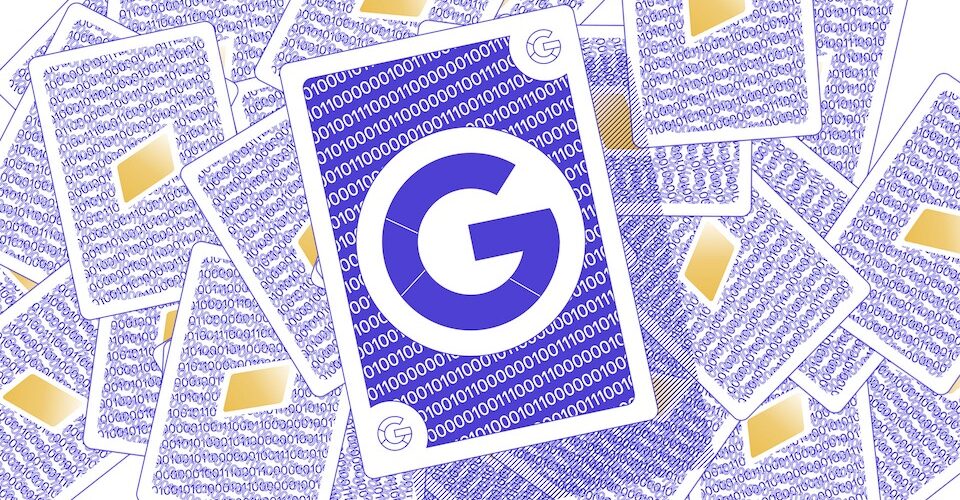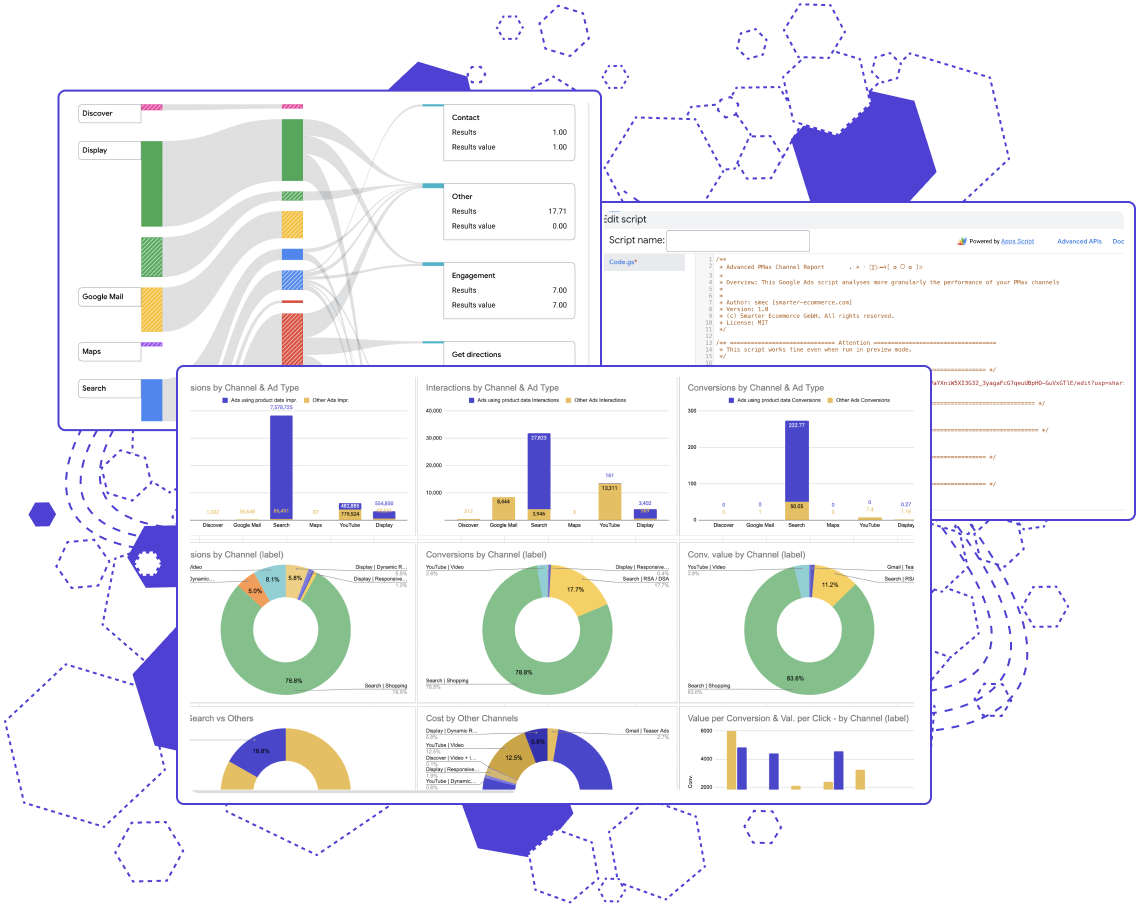Subscribe to join thousands of other ecommerce experts

If you feel like Google Ads is in a bit of an identity crisis, that’s because it is. First, Performance Max swallowed Smart Shopping and Local campaigns. Now, Demand Gen is taking over Display campaigns. Soon, rumors of Search Max suggest another major shift is on the horizon. Google Ads as we knew it? It’s disappearing—one piece at a time. So, what does this mean for your campaigns? Let’s have a look.
Table of Contents
Performance Max isn’t full-funnel
Very soon after its initially roll-out, we realized PMax isn’t the full-funnel solution Google promised. It has some Display inventory, sure, but it doesn’t behave like a proper prospecting tool.
Even Google now admits it’s bottom-funnel, meaning Performance Max focuses on conversions and remarketing—not true upper-funnel brand awareness.
This distinction matters. If you’ve been using PMax as a full-funnel solution, you might be misallocating budget. Why? Because PMax:
- Prioritizes users already in-market – It works great for retargeting and last-click conversion pushes.
- Doesn’t effectively build new audiences – Its Display inventory is limited in scope and not designed for true demand generation.
- Doubles down on efficiency, not exploration – It struggles with discovery and audience expansion.
🚨 If your goal is new customer acquisition, relying on PMax alone won’t cut it.
🔥 Demand Gen is absorbing Display campaigns
First, PMax ate Smart Shopping. Now, Demand Gen is taking over traditional Display campaigns, meaning the days of running a simple, manually controlled Display campaign are coming to an end.
Here’s where things get tricky: if you optimize Demand Gen for conversions, it starts behaving like PMax. Instead of acting as a mid-funnel, engagement-based tool, it shifts into bottom-funnel territory, competing directly with PMax for bids.
That means:
- You could be bidding against yourself – Without guardrails, PMax and Demand Gen might target the same high-intent users, inflating your CPCs.
- Demand Gen isn’t always mid-funnel – Optimize it for conversions, and it becomes a direct competitor to PMax.
🚨 Fact of the matter is that If you use both PMax and Demand Gen, you better be strategic. Align your goals carefully so they don’t overlap in bidding wars.
🏁 Search Max—A DSA challenger?
Search Max isn’t here yet, but early rumors suggest it could disrupt traditional keyword targeting.
From what we’ve seen so far, it looks like an AI-powered evolution of Dynamic Search Ads (DSAs)—which could mean less manual control over match types and keyword targeting.
This fits into Google’s broader strategy:
- More automation, fewer manual controls – We saw this shift with PMax replacing Smart Shopping and Demand Gen phasing out Display.
- DSA-style expansion – Search Max may dynamically generate ads and match queries, reducing direct control over keyword targeting.
- Advertisers may need new strategies – If Search Max alters match types, search campaigns could change significantly.
🚨 If this plays out the way Google has been moving, advertisers who rely on manual search structures may soon find themselves with even fewer levers to pull.
😵💫 Google Ads: The ever-changing maze
Google Ads isn’t just being rebuilt—it’s turning into a maze of automation, where familiar exits keep closing, and new paths open up without warning.
And it’s not just Google! Every major ad platform is restructuring itself around AI-first automation, from Meta’s Advantage+ to Amazon’s expanding ad network.
The message is clear: manual control is fading, and automation is the new game.
So, what’s your move? Try to fight it? Or figure out how to navigate it?
🖌️ Get the full picture—or get left behind!
Feels pretty overwhelming, doesn’t it?
The pace of change in Google Ads has never been this fast—or this disruptive.
That’s why our very own Mike Ryan is working hard on his extensive State of PMax 2025 report, which is dropping on April 2nd!
You better not miss it, cause it’s going to be huge! Mike is going to cover:
- How Performance Max has evolved—and what that means for transparency, control, and automation
- How to actually steer PMax—leveraging better data inputs, audience signals, and business intelligence
- How to prevent PMax from cannibalizing your other campaigns—and ensure it plays well with other campaign types
- Where PMax is headed next—and how to future-proof your strategy before the next Google Ads shake-up
Stay tuned to our Newsletter to be among the first to get The State of PMax 2025 report when it is released.

